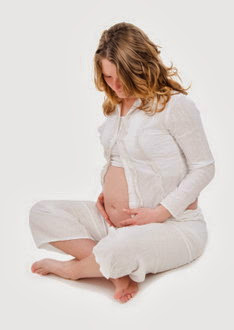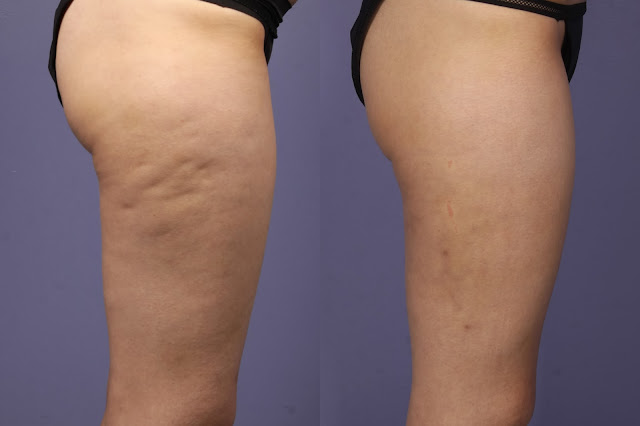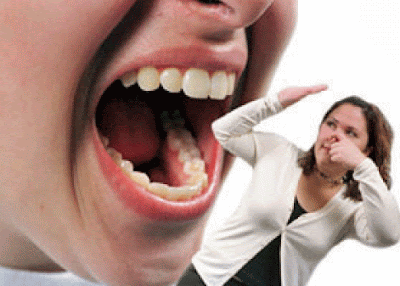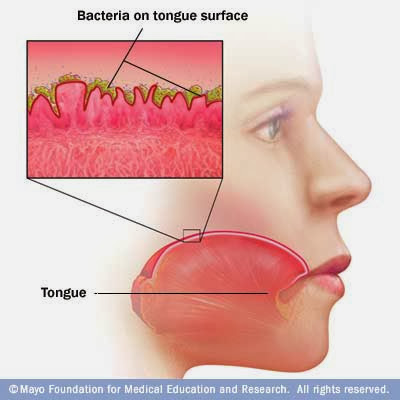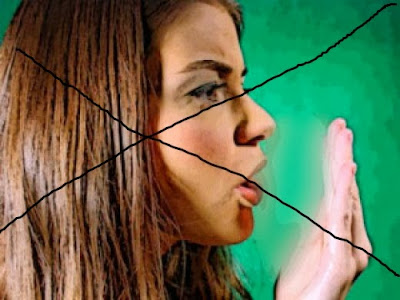Your Face Needs Extra Care in Winter
Cold, winter wind can wreak havoc on skin. To keep your face supple in winter, apply moisturizer to your face before going out into the cold and cover your face with a scarf in harsh wind.If you have super, duper sensitive skin, consider avoiding rinsing your face with tap water, which can contain harsh minerals that are especially drying to the skin (Dr. Dennis Gross once said New York water contains a lot of harsh minerals, while Seattle water, for example, does not. Go figure).
Instead, do like the French and cleanse skin in winter with a cleaner that does not require rinsing, like Pond's Cold Cream. You can also rinse with special water that contains selenium and chamomile, suggests beauty expert Valerie Monroe in the September, 2006 issue of O, the Oprah Magazine.
Extra tip: Try spritzing your face with facial water before applying moisturizer several times during the day in the office. The water locks in moisture and leaves skin refreshed even in harsh office heat.
Don't Forget Your Lips
Licking your lips will not moisturize them and instead will help dry them out. Lips retain less moisture than other parts of the body, so they tend to dry out more quickly. A simple lip balm helps, as does my all-time favorite lip trick learned in high school from "Seventeen" magazine: moisturize your lips with Vaseline. Take a toothbrush and "brush" your lips in a circular motion. This will remove dead flakes and leave your lips soft and supple.
Consider Fish Oil Pills
New studies show omega-3 fish oil pills may soothe super dry skin. Patients who took fish oils pills in a study reported in Allure magazine, saw significant results within a few weeks. "You can see, within six weeks, the skin, hair and nails improve markedly," according to skin expert Dr. Andrew Weil in Allure. Ever since I started taking fish oil pills in March, 2007, I have received numerous compliments on how amazing my skin looks. So there you have it.
Hope you you enjoyed reading my post & found it
useful
You may be also interested in






